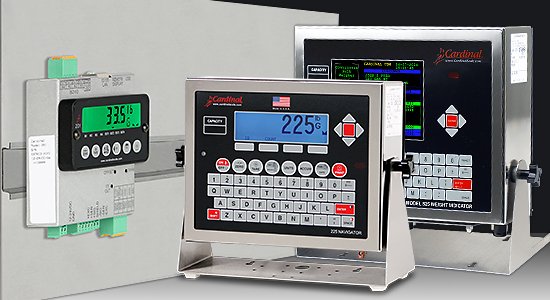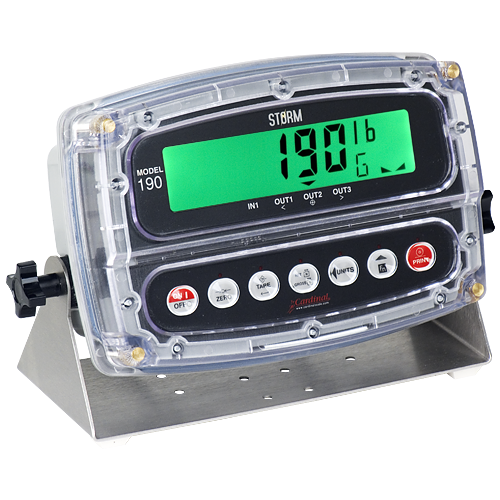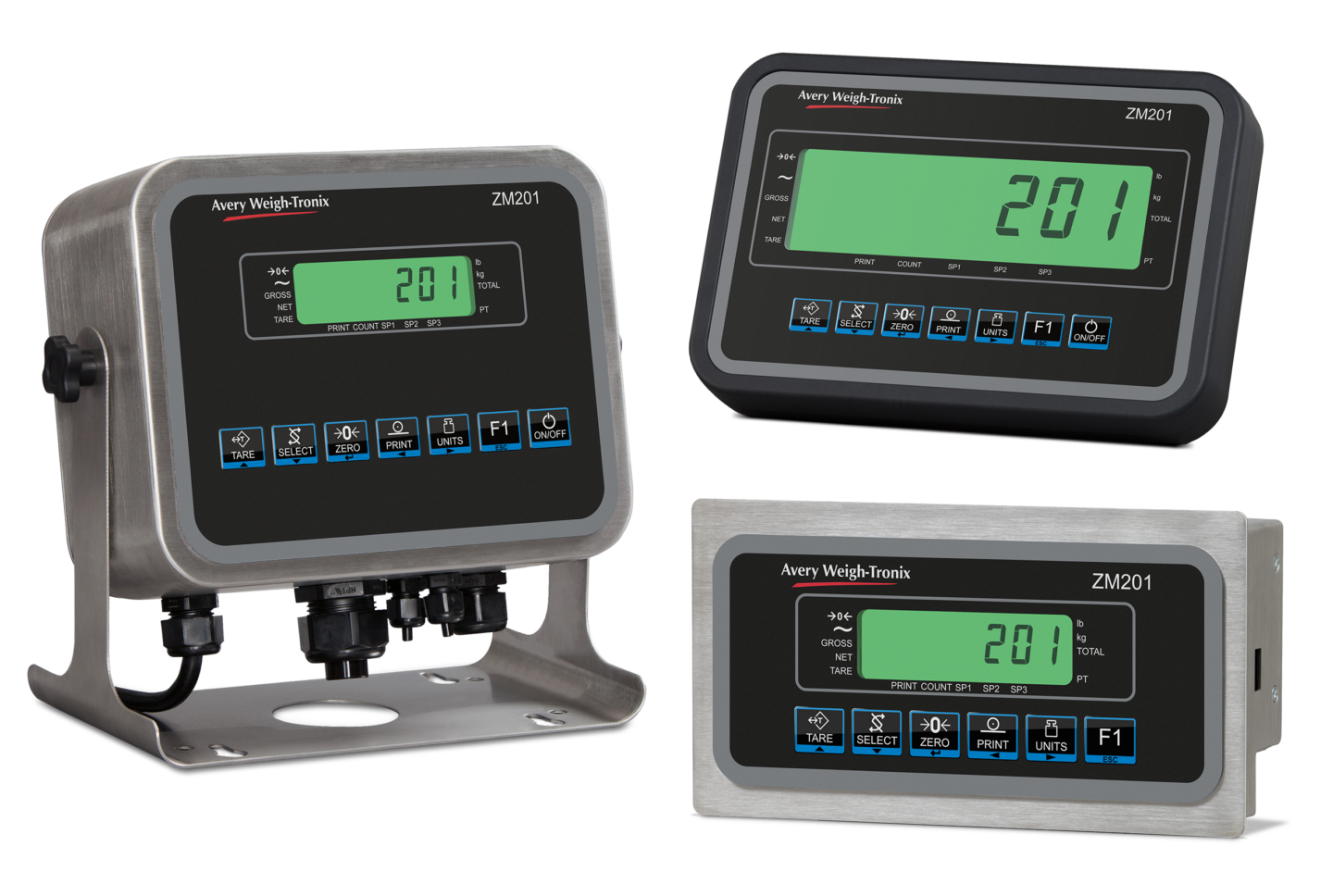Understanding the features you need.
Weigh indicators are electronic devices that are used to measure the weight of an object. They are commonly found in industries such as agriculture, transportation, and manufacturing, where accurate measurements are critical. Weigh indicators come in a variety of shapes and sizes, and they can be equipped with a range of different features to suit different applications.
Understanding the features you need.
Display Size: One common feature of weigh indicators is a digital display. This allows the user to see the weight measurement in real-time, and it can be helpful for recording and tracking weight data. Some weigh indicators also have a built-in printer, which allows the user to print out a record of the measurement for future reference. A good weigh indicator will have a decent sized display that will give you good visibility to record the weight.
Peripheral Support: Another important feature of weigh indicators is the ability to connect to external devices. This can include devices such as load cells, which are used to measure the weight of an object, or other equipment such as computers or printers. By connecting to external devices, weigh indicators can be integrated into larger weighing systems, allowing for more complex and sophisticated measurements.
Advanced Features: Some weigh indicators also have advanced features such as automatic tare, which allows the user to quickly and easily subtract the weight of a container or other packaging from the overall measurement. This can be useful for accurately measuring the weight of the contents of a container without having to manually subtract the weight of the container itself.
Another advanced feature of weigh indicators is the ability to perform automatic calculations. This can include calculations such as determining the average weight of multiple measurements, or calculating the total weight of a batch of items. These features can help to simplify the weighing process and reduce the potential for errors.
Some features needed will be dependent on the environment that your scale and weigh indicator will be located. For example, your scale and indicator will be in a washdown environment. This means that your scale will need to be sprayed down, thus potentially causing water to get inside of the indicator. The feature available for those type of environments you will want are indicators with “washdown” protection. This is usually a stainless steel or a completely sealed indicator that can withstand the extreme conditions that it is in.
CLOSING WORDS
Overall, weigh indicators are versatile and useful tools that can be equipped with a range of different features to suit different applications. From digital displays and printer capabilities to automatic tare and calculation functions, weigh indicators can provide accurate and reliable weight measurements in a variety of settings.
At American Scale we strive to bring you informed and useful content on all things scale systems related, including products from the top scale manufacturers. Be sure to check out our truck scale articles about truck scale foundation or how much do truck scales cost. We even have a guide to warranties. To learn more about bench scales, it would be good to check out our other articles such as “Bench Scale Basics'' and “How Much Does A Bench Scale Cost?”. These articles will help with the basics of bench scale ownership. Also, take a look at our “Common Problems With Bench Scales'', to help prolong the lifespan on your scale.





